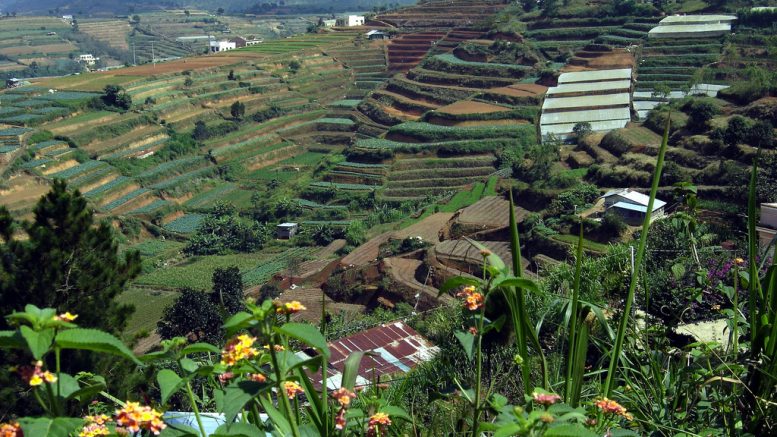Amanda Jung/ Staff Writer
Extinction, habitat loss and scarcity of resources — these are just a few of the pressing issues that are associated with biodiversity loss.
We live in a world that was once an animal’s kingdom. Before humans industrialized and created concrete jungles, there were actual jungles.
Now, we’re surrounded by a society that is trying to build taller skyscrapers, pave more parking lots and allocate more land to support the meat and dairy industry.
How long can we continue with this behavior before more species are at the threat of extinction, resources are even scarcer and more habitats are destroyed?
It’s no surprise that biodiversity is an extremely important component to the survival of planet Earth.
According to the Millennium Ecosystem Assessment in Global Issues, there is a “largely irreversible loss in the diversity of life on earth.”
The reason for this is because of you and me. Human actions are putting so many species at risk of extinction, along with all the environmental problems that are connected to it.
Furthermore, according to Global Issues, “at the threat of extinction are 1/8 birds, ¼ mammals, ¼ conifers, 1/3 amphibians and 6/7 marine turtles.”
According to Global Issues, as the human population continues to rise, animals are dying off. The pressures on these species come from habitat loss, climate change, excessive nutrient load and other forms of pollution, overexploitation and unsustainable use, and invasive alien species.”
One of the bigger reasons for loss of biodiversity is something that society might have trouble accepting.
According to Virginia Morell of Science Mag, diets rich in animal products are taking a toll on the earth as “people clear more land for livestock and crops to feed these animals” that are feeding America.
You might not have even considered this as a factor in the loss of biodiversity.
Unfortunately, the meat and dairy industry does not tend to advertise the process of how meats end up in the freezer sections and milk in the refrigerator sections of the grocery store.
There seems to be a common trend with this loss of biodiversity. Besides the fact that it’s linked to human activity, it’s also linked to the idea of ignorance.
We continue inventing, building and creating without thinking twice about the consequences it puts on the environment, the creatures that roam the earth and the growing flora and fauna.
If humans are the problem, then I believe that in turn, we can be the solution as well.
According to Katie Fontana, a junior majoring in psychology , it’s important that “we educate people” on this pressing issue.
She mentioned talking to students in order to explain how they can be more eco-friendly and delve into “what is causing animals to go extinct and how this can harm us in the future.”
In a sense, the damage has been done. However, that does not mean that we should continue with our poor habits and accept biodiversity loss as a reality.
According to National Geographic, the number of tigers has risen for the first time in a century.
The fact that this is a highly endangered species shows hope for the environment and a reason that humans should put more thought into habits and behaviors.
At the end of the day, this earth does not belong to us. It’s not benefiting anyone if we trash the earth for the short period of time that we are inhabitants of it.
DISCLAIMER:
The opinions presented within this page do not represent the views of Panther Press Editorial Board. These views are separate from editorials and reflect individual perspectives of contributing writers and/or members of the University community.
Photo taken from Flickr.






Be the first to comment on "Biodiversity loss a result of animal rich diets"